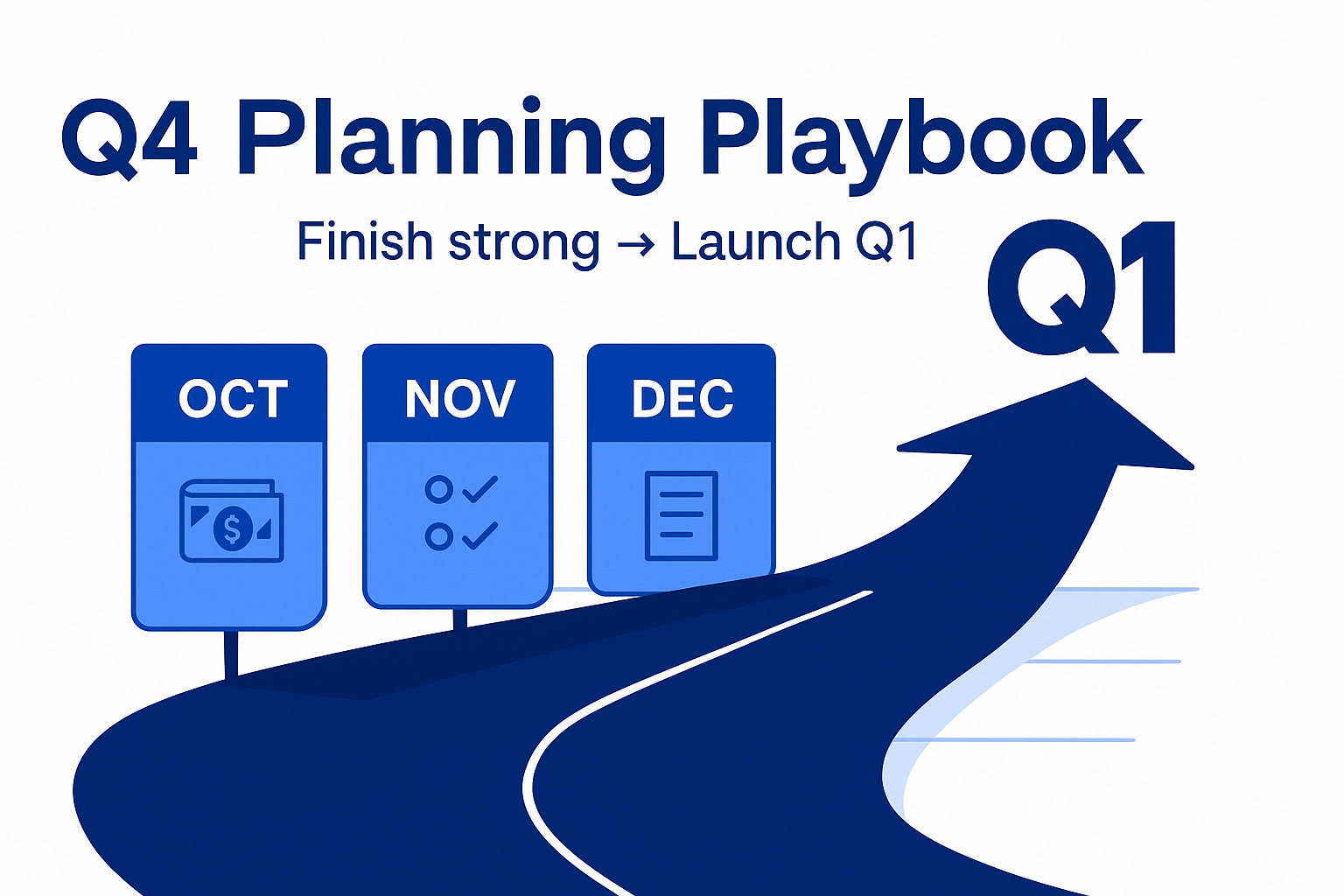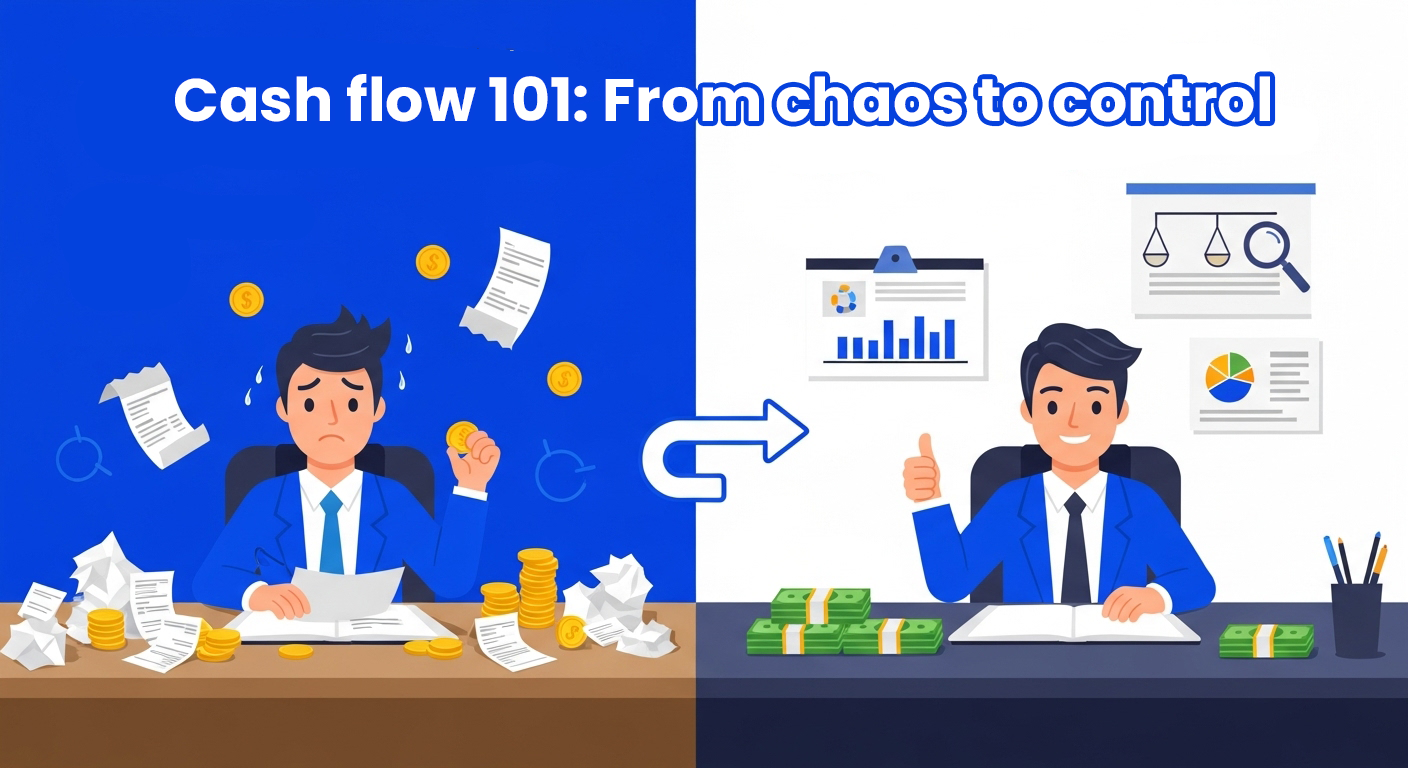
Essentially the purpose of a valuation is to help entrepreneurs understand the value of their business and to identify the key value drivers in their business. These key value drivers give valuable insight into long-term planning to enhance the operational and financial performance of the company. Using valuations is an effective tool that will help build a business with transferable value further helping business owners sell their business for an even higher value in the future.
This article explores why valuations are essential for entrepreneurs as an effective management tool for business growth, the types of valuation methods employed, the significance of working with accurate and reliable financial data, and whom you should look for to help you get one done.
Three types of business valuations
There are three universal approaches to valuations.
- The Income Approach
- The Market Approach, and
- The Cost Approach.
Determining the most appropriate valuation method depends on the characteristics of the company, such as historical trends and growth, the characteristics of the investor, and the purpose of the valuation. As a business owner, you should never attempt to value your company on your own. You should always seek the help of professional valuators such as qualified financial advisors who have the professional qualifications and experience to guide you through the process and deliver an appropriate and accurate value of your company.
Next, we outline the most common Valuation Approach. Let’s look at the most common Valuation Approaches, what they mean and how to apply them.
The Income Approach
For the Income Approach, a business is valued at the present value of its future earnings or cash flows. Essentially, this is determined with a discounted cash flow analysis (DCF) by looking at the cash flow or the earnings of a business over a future period and discounting that back at a specific rate, taking into account the time value of money and other risks associated with the business and the environment the business is in. The Income Approach bases its value on the company’s ability to generate future cashflow, therefore it is best used for established profitable businesses with a robust forecast outlook.
The other method under the Income Approach is the capitalization of future maintainable earnings method (TLDR). This method is essentially a trimmed-down version of the DCF which uses representative maintainable earnings capitalized at an appropriate rate that takes into account future growth, risk and the time value of money.
The Market Approach
The Market Approach is also known as the “multiple methods approach.” This Approach compares your business to the market and is appealing as it allows for a comparison of similar companies just as if you were purchasing a home. When purchasing a home, buyers often have access to or receive a report of what similar houses are selling for in the same area, which gives the buyer confidence that the home has been priced accordingly and is market relatable. This approach is particularly helpful if your company is considering going public as the data on comparable businesses is readily available, reliable and validated.
How do we calculate the Market Approach?
This Approach will look at whatever metric is the best indication of earnings of your business (Revenue, EBITDA, or Net Profit for e.g.) and benchmark this to public companies, making certain adjustments to account for the differences between your business and the public companies. We also look at comparable transactions that have taken place in your industry (both public and private – if available) and see what multiples those businesses were sold at to determine what an appropriate multiple for your business should be.
Using accurate and reliable data is very important when using the Market Approach especially if the valuator is relying on third-party data. The degree of data accuracy will be questioned, and we, therefore, encourage business owners to make sure their financial records and valuation is being conducted by qualified financial advisors or by a reputable accounting firm.
The Cost/Asset-based Approach
The Cost Approach measures the fair market value of the business’s net assets utilizing either the book value of assets (historical costs recorded on the balance sheet) or the adjusted net assets (re-measuring assets at their fair market value and including unrecorded liabilities and intangible assets). The Cost Approach is most suitable for asset-intensive companies or companies in distress.
Which Valuation Approaches do businesses typically use?
For SaaS valuations, investors look at the ARR multiple of revenue, because most of the profits are reinvested back into the business into R&D, technology and to grow the customer base.
SaaS businesses typically tend to yield high consistent growth and become profitable after reaching a descent scale, so typically SaaS businesses tend to choose to stay unprofitable. By reinvesting in growth it makes using current profits as a valuation approach impractical.
For established businesses, you will be looking to use your net income, your cash flow, and your EBITDA as a basis for the valuation, which is the discounted cash flow or Market Approach. In most cases, a combination of Valuation Approaches is appropriate to establish a reasonable range of value for your business.
How non-operational costs affect valuation outcomes
It is standard in Owner managed businesses to see non-operational costs included in the P&L as well as non-market related owner salary payments. Costs which, if not appropriately adjusted for, could have a negative impact on the business valuation. One of the reasons for the above is the gray area in the tax code surrounding tax deductions. For example:
But the purpose of a valuation is for valuators to provide an accurate and transparent overview of the current financial position and value of a business, and for this to be achieved the business expenses and incomes must be standardized, and market-related. Advisors take all these aspects into consideration and make adjustments accordingly to ensure a true reflection of the company’s worth. Often owner’s salaries and distributions present challenges in that many business owners do not earn the salary equated to the role they are in order to reduce taxes. But the market-related cost to replace the role will need to be plugged into the forecast.
Reasons to get a business valuation
Understanding your business internally is one thing but it’s important to bridge the gap between this understanding and the value of your business to the Market. The best way to do this is by doing a valuation of your business. The business valuation process provides a forensic understanding of your business that will position your business to sell for maximum value but also help understand and improve your current business’s financial well-being.
Whether or not you’re currently thinking about selling your business, the success of any business is all about being prepared to exit at a higher value – whenever you decide to do so.
Have questions?
If you’re thinking about getting a valuation or wanting to understand the profitability of your business better why not enlist a CleverProfits CFO for your company or chat with one of our Advisors Schedule a consultation here.
Disclaimer – There is no one size fits-all for Valuations and the above is not intended to be an exhaustive overview of Valuations or to be viewed as advice. Please contact appropriate financial advisors before engaging in any Valuation.The Clever Writing Team
The CleverProfits writing team includes various team members in Advisory, Financial Strategy, Tax, and Leadership. Our goal is to provide relevant and easy-to-understand financial content to help founders and business leaders reach their true potential.





